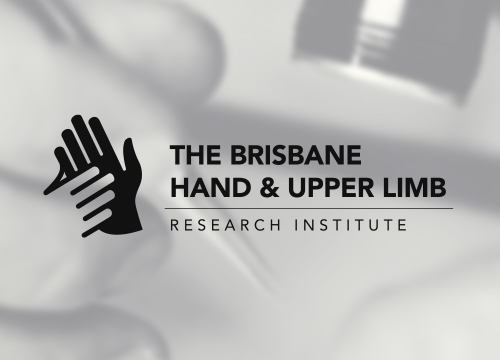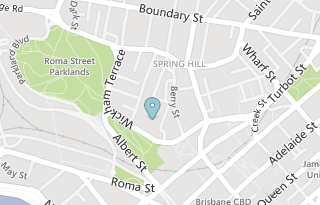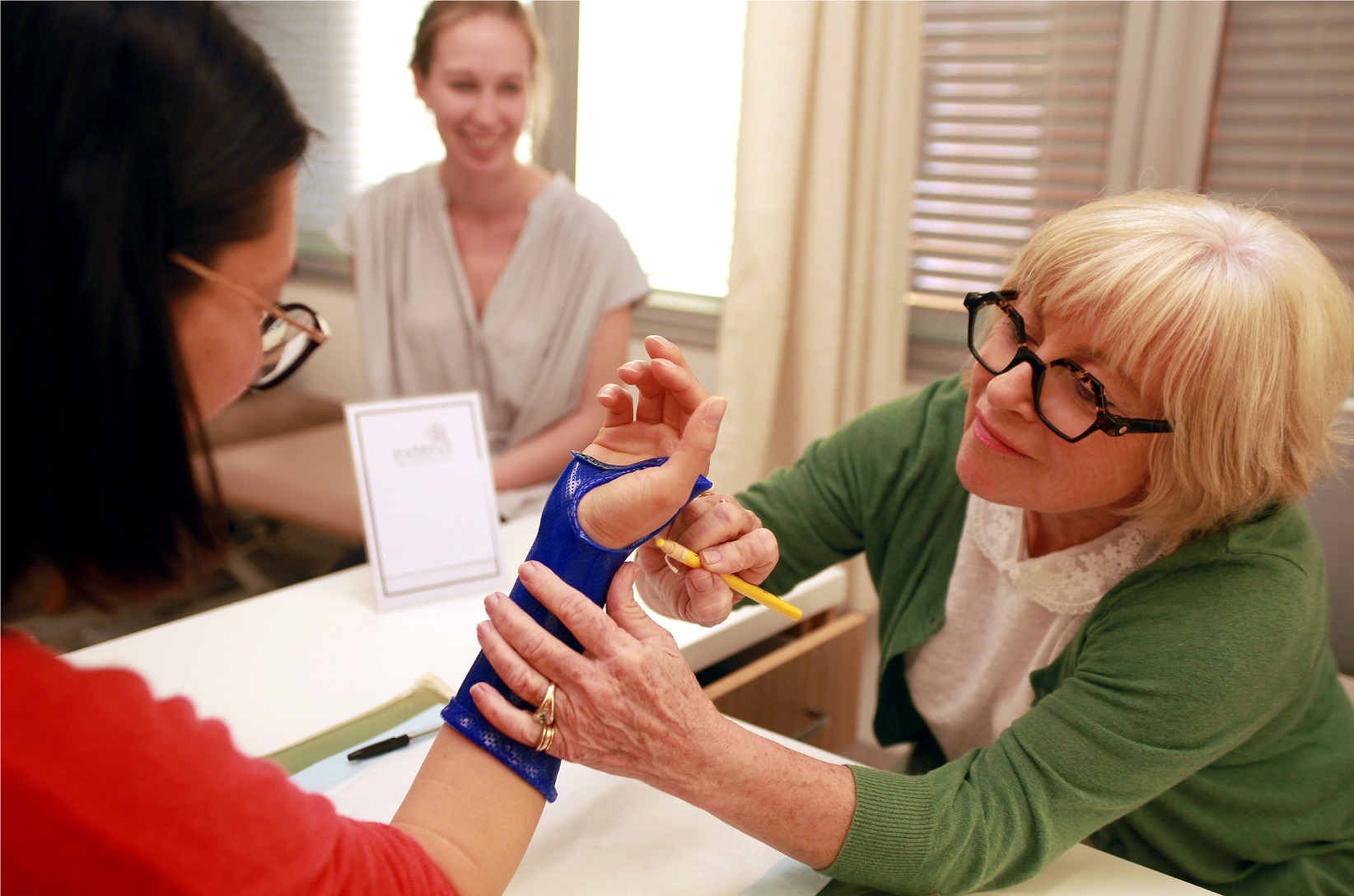Ross M, Hope B, Stokes A, Peters SE, McLeod I, and Duke PFR.
Journal of Shoulder and Elbow Surgery 2014; 24(2): 215-222.
DOI: 10.1016/j.jse.2014.05.022
Background: The purpose of this study was to review the survivorship, radiologic and clinical outcomes of reverse shoulder arthroplasty (RSA) used for the treatment of 3-part and 4-part proximal humeral fractures in the elderly.
Methods: Between 2003 and 2009, 29 shoulders in 28 elderly patients (87% female) with a 3-part or 4-part fractures were managed with RSA in Brisbane, Australia. Clinical and radiologic outcomes of this continuous cohort were retrospectively reviewed at an average follow-up of 54.9 months. Average age at surgery was 79 years. Survivorship and radiologic outcome assessment for all patients was undertaken. Seven patients died, and 1 was unavailable for clinical review, leaving 21 shoulders in 20 patients available for clinical review.
Results: There were no revisions of the reverse prosthesis. Mean average pain was 2.19 of 100 (standard deviation [SD], 6.97). Mean American Shoulder and Elbow Surgeons score was 89.3 (SD, 13.65). Mean normalized Constant score was 88.03 (SD, 11.24). Grade 1 scapular notching was observed radiologically in 4 shoulders. A scapular spur was observed in 7 shoulders. Class 1 heterotopic ossification was seen in 4 shoulders. Nonprogressive lucent lines were seen in 2 shoulders. Nonprogressive radiolucency was observed around the superior screw in 3 shoulders. No loosening of the glenoid baseplate or of the humeral component was observed. There was 1 complication of an axillary nerve palsy, which spontaneously resolved by 12 months after surgery.
Conclusion: RSA using the shoulder technique described in this series provides good clinical and radiologic outcomes in elderly patients with 3-part and 4-part fractures.




